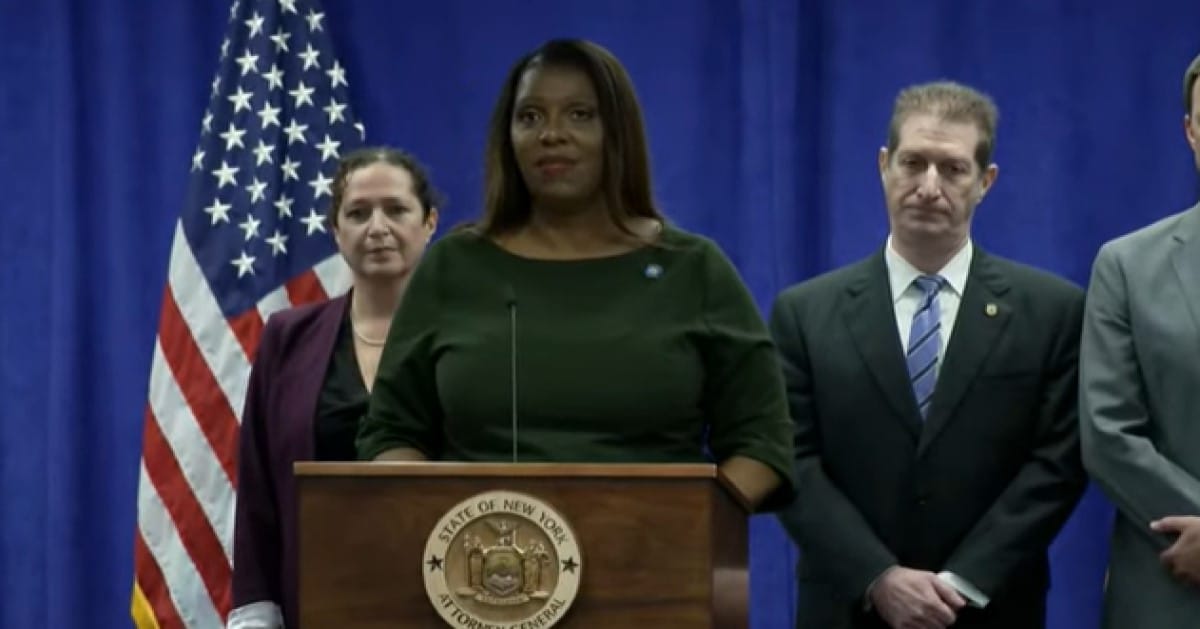


Supreme Court Justices are currently debating whether Idaho's strict abortion laws under the Defense of Life Act could stand against federal requirements for emergency abortions as outlined in EMTALA.
The Daily Caller reported that in the case titled Moyle v. United States, the Supreme Court examined the Idaho Defense of Life Act, which restricts abortions predominantly, allowing exceptions only in cases where the mother's life is in danger or in instances of rape or incest.
This state law has come into direct conflict with the federal Emergency Medical Treatment and Labor Act (EMTALA), which ensures emergency medical treatments include abortions when necessary to stabilize the patient.
The Department of Justice (DOJ), following the reversal of Roe v. Wade, argues that Idaho’s law conflicts with federal mandates. Specifically, EMTALA mandates that in emergencies where the health of a woman or her unborn child is at risk, necessary medical procedures, including abortions, must be performed to stabilize the patient.
Justice Samuel Alito raised a pivotal question during the oral arguments, pointing out the language used in EMTALA. He noted that the act refers to the ‘unborn child’ in its provisions, which suggests a protective intent towards the fetus, potentially conflicting with the performance of abortions.
This point was further elaborated on by Justice Neil Gorsuch and attorney Joshua Turner, who discussed how the inclusion of unborn children under EMTALA's protection could inherently conflict with abortion mandates.
Justice Elena Kagan countered by emphasizing that EMTALA clearly states federal requirements can override state laws in certain medical scenarios, indicating the supremacy of federal law in emergencies that threaten a woman's health.
Justice Sonia Sotomayor used hypothetical scenarios to underline situations where an abortion might be necessary to save a woman’s life or health, which could be restricted under state laws like Idaho’s. Her point underscored the potential life-and-health-threatening situations that could arise from a strict enforcement of state laws over federal mandates.
The discussions also touched on how EMTALA interacts with the Hyde Amendment, which prohibits federal funds from being used for abortions except in cases of rape, incest, or when the woman's life is in danger, and how hospitals manage cases where doctors have conscience objections to performing abortions.
Solicitor General Elizabeth Prelogar defended the federal position, stating that while Congress did aim to protect the unborn, it did not intend to undermine the preexisting obligations to treat women facing severe health consequences.
Justice Amy Coney Barrett highlighted the complexities that arise when federal requirements demand an abortion to stabilize a patient, yet no federal funds are available to cover the procedure under the Hyde Amendment. Prelogar acknowledged this gap, noting that hospitals often have to provide care without federal funding.
Furthermore, Prelogar explained that EMTALA imposes duties at the hospital level to ensure that care is provided, even if individual doctors object on moral grounds, by having sufficient staff available who do not have such objections.
The case presents a significant legal conundrum, testing the boundaries of state powers versus federal mandates in healthcare. The Supreme Court's decision will likely have profound implications on how emergency medical care, particularly abortions, are handled across the nation in conflict with state legislations.
The oral arguments have showcased the complexities of interpreting EMTALA in the context of abortion, with justices probing the intricate balance between state legislations and federally mandated health care obligations.
The final decision, expected in the coming months, will crucially determine the extent of state versus federal powers in regulating abortion, particularly in emergency medical contexts.



